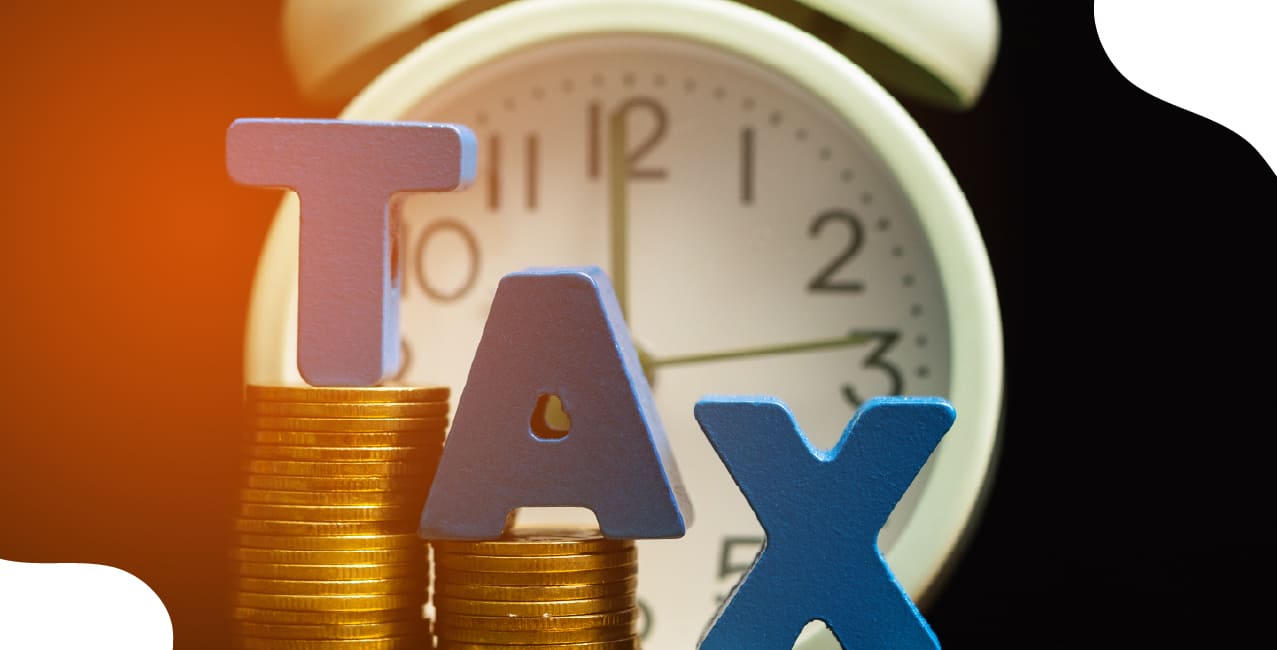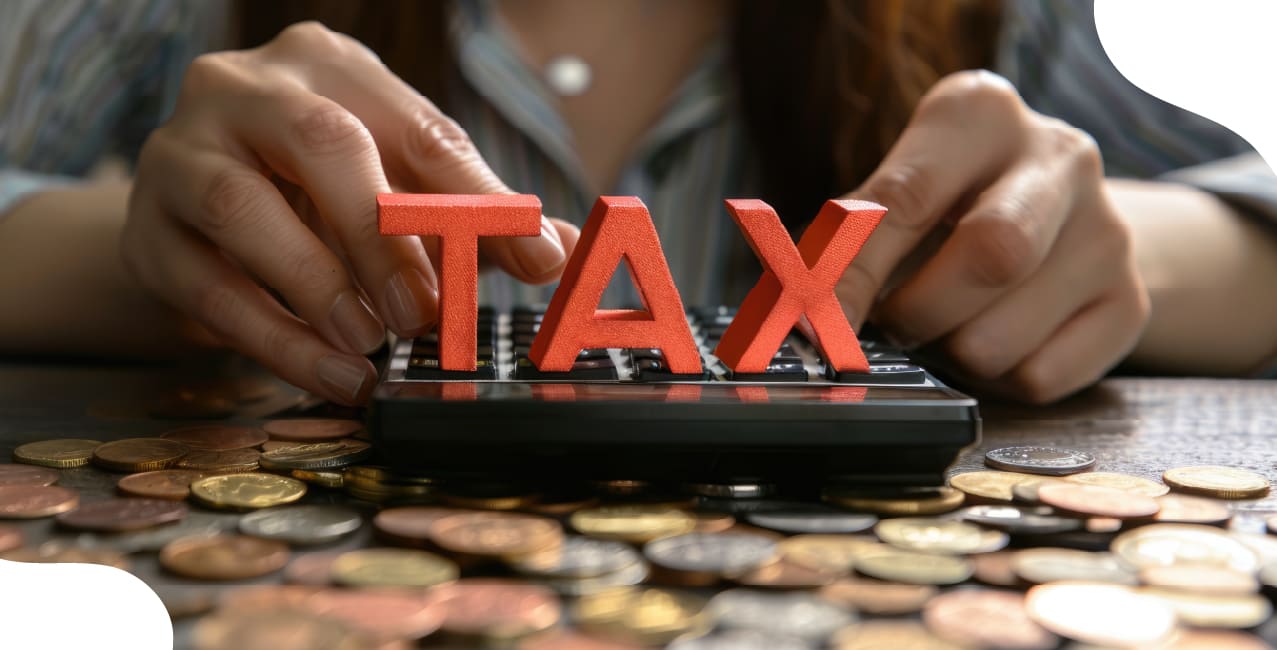_of_Income_Tax_Act.jpg)
Author
LoansJagat Team
Read Time
5 Min
23 Sep 2025
Section 10(23C) of Income Tax Act: Complete Guide & Benefits
Key Highlights
- Under Section 10(23C) of the Income Tax Act, non-profit schools, colleges, and hospitals can get a 100% tax exemption on their income.
- The applicants must use all income for activities, keep proper accounts, and follow compliance rules to claim the benefits.
- The institutions must register on time. Also, they must make sure they do timely renewal, or neither the costs will be reduced nor the services will be improved.
Section 10(23C) of the Income Tax Act provides tax exemption to certain educational and medical institutions that are not set up for profit. It helps such institutions save tax and use more funds for their primary activities.
For example, Shanti Vidya Mandir Trust runs a school in Delhi. During the financial year 2024–25, the trust earned ₹85,00,000 in fees and donations. Since it is registered under Section 10(23C) and uses the income solely for education without any profit motive, the income is fully exempt from tax.
Here is a table to explain:
By following the conditions of Section 10(23C), institutions can enjoy full tax exemption. With money saved, they can focus on delivering quality education or medical services. In this blog, we will discuss Section 10(23C) in detail.
Read More - Section 10AA of the Income Tax Act – SEZ Tax Benefits Explained
Importance of Section 10(23c) of Income Tax Act
Section 10(23C) plays a key role in supporting non-profit educational and medical institutions by providing tax exemptions. This section helps such entities use their full income for public welfare without the burden of tax. It ensures that essential services like education and healthcare remain affordable and accessible.
To keep things simple, here is why Section 10(23C) was introduced in the Income Tax Act:
- Supports education: It encourages schools, colleges, and training centres to focus on quality education without worrying about tax liabilities.
- Promotes healthcare access: It helps hospitals, nursing homes, and clinics to use their income for better patient care instead of paying taxes.
- Encourages non-profit work: The exemption is allowed only if the institution is not set up for profit and reinvests all income in its core activities.
- Reduces financial pressure: Institutions can save on taxes and spend more on infrastructure, staff, and services.
- Ensures regulatory recognition: Only recognised and government-approved institutions are eligible, which promotes compliance and quality standards.
Section 10(23C) gives society financial freedom, wherein individuals can save on strengthen the social sector by offering financial freedom and boosting service quality.
Objectives of Section 10(23c) of Income Tax Act
Section 10(23C) of the Income Tax Act promotes education, healthcare, and research by giving tax exemption to non-profit organisations.
Do you know that in 2021, the exemption limit was increased from ₹1,00,00,000 to ₹5,00,00,000? Let’s look at the objectives of this section in the table given below.
If taxes are reduced, people can focus on better education and healthcare. This lowers the costs and gives better and wider accessibility.
TDS Rate Under Section 10(23c) of Income Tax Act
There is no special TDS provision under Section 10(23C) of the Income Tax Act, as the section itself deals with income tax exemptions. Normal TDS rules under section 194A are:
- Section 194A mandates TDS at 10% on interest payments (20% if PAN isn’t provided).
- Exemption on interest applies if the recipient institution is exempt under Section 10(23C)(iiiab) (i.e., wholly or substantially government-financed).
Example: PEC University of Technology was exempted under 10(23C)(iiiab). They later received an interest payment with no TDS requirement.
Exemption Under Section 10(23c) of Income Tax Act
Section 10(23C) of the Income Tax Act provides an exemption from income tax for certain universities and medical institutions. These institutions must be non-profit, and their sole services should be educational or medical.
This section is divided into sub-clauses that include:
- 10(23C)(iiiab): This includes institutions wholly or substantially financed by the Government are fully exempt.
- 10(23C)(iiiad): Non-government educational institutions with annual receipts up to ₹5,00,00,000. They do not need approval for an income tax exemption without needing approval.
- 10(23C)(vi): Institutions not covered under the above clauses but approved by the prescribed authority (Commissioner) are also exempted.
These institutions must also comply with conditions such as:
- Applying at least 85% of their income to their education or healthcare. Only up to 15% can be invested, and that must be used within 5 years or invested appropriately.
- Filing forms such as
- Form 10A for registration,
- Form 10BB for audit report (if income exceeds the set limit)
- ITR-7 for returns
Benefits under section 10(23C) can only be claimed if you follow certain criteria listed above. So, be sure you don’t miss filling out any of the forms listed above.
Do you know that initial registration is provisional (3 years) and renewals are valid for 5 years?
Also Read - Section 10(26) of Income Tax Act – Tax Exemptions Explained
Due Date and Compliance Requirements Under Section 10(23c) of the Income Tax Act
You have to register before the due dates, audit, and return filing to retain the exemption. No one wants to miss the opportunity of saving money, so let’s see the important dates under section 10(23C) of the Income Tax Act with the table given below.
If you miss any of the deadlines, you cannot claim the tax exemptions that come under Section 10(23C) of the Income Tax Act.
Practical Examples of Section 10(23C) of Income Tax Act
Example 1: Educational Institution
St. Joseph Public School in Chennai earns ₹1.2 crore each year through tuition fees and donations. The school is recognised by the state government and uses all its income for improving classrooms, paying staff, and offering scholarships. It maintains proper accounts and files tax returns on time.
The school qualifies for exemption under Section 10(23C).
Its ₹1.2 crore income is fully tax-exempt.
Example 2: Medical Institution
CarePlus Hospital Trust, a non-profit hospital, earns ₹90 lakh in a year from patient treatment fees. It reinvests all income into upgrading medical equipment and staff training. The hospital is approved by the central government and submits audited accounts and returns on time.
The hospital is eligible for tax exemption under Section 10(23C).
Its ₹90 lakh income is exempt from tax.
Example 3: Educational Research Institution
Bright Minds Research Centre receives ₹50 lakh in grants and donations for educational research. It is registered as a non-profit body and uses the entire amount for publishing research and conducting training. It maintains proper records and follows all tax compliance rules.
The centre can claim full exemption under Section 10(23C).
These examples show how recognised non-profit institutions can save tax under Section 10(23C) by using their income only for educational or medical purposes.
Conclusion
Section 10(23C) of the Income Tax Act plays a vital role in supporting non-profit educational and medical institutions in India. It allows such institutions to claim full tax exemption on income earned from their core activities, such as teaching, research, and medical care.
To continue enjoying the benefit, institutions must follow all legal requirements, including timely registration, government approval, proper use of income, and regular audit and return filing. The section ensures that only genuine non-profit entities receive the exemption.
FAQ’s
Are interest, dividends or investment income earned on reserves/excess funds exempt?
Investment income can be exempt if applied/accumulated as permitted under the rules (and within limits). Accumulation beyond allowed norms must be reported and may require prior approval or Form 10 filings.
Can private/for-profit universities or their commercial arms claim 10(23C) exemption?
Purely for-profit entities cannot. A private university or its non-profit sponsoring body may qualify if it meets the non-profit, recognition and application-of-income tests; commercial arms are generally excluded.
What specific penalties apply for incorrect claims or non-compliance?
Besides cancellation of exemption for affected years, the institution may face tax demands, interest and penalties, and in severe cases prosecution for fraud. (Exact penalties depend on the violation.)
What happens to the institution’s assets if it winds up or dissolves?
Assets must be transferred to another charitable/educational/medical institution with similar objects; misuse or private distribution of assets can lead to tax reassessment and recovery.
Is an audit compulsory for claiming the exemption?
Yes, the institution must maintain proper accounts and get them audited every year.
Can the exemption be withdrawn?
Yes, if the institution fails to follow conditions like proper use of funds or timely return filing, the exemption can be cancelled.
Other Related Pages | |||
About the Author

LoansJagat Team
‘Simplify Finance for Everyone.’ This is the common goal of our team, as we try to explain any topic with relatable examples. From personal to business finance, managing EMIs to becoming debt-free, we do extensive research on each and every parameter, so you don’t have to. Scroll up and have a look at what 15+ years of experience in the BFSI sector looks like.

Quick Apply Loan
Subscribe Now
Related Blog Post

LoansJagat Team • 22 Sep 2025
_of_Income_Tax_Act.jpg)
LoansJagat Team • 22 Sep 2025

LoansJagat Team • 22 Sep 2025